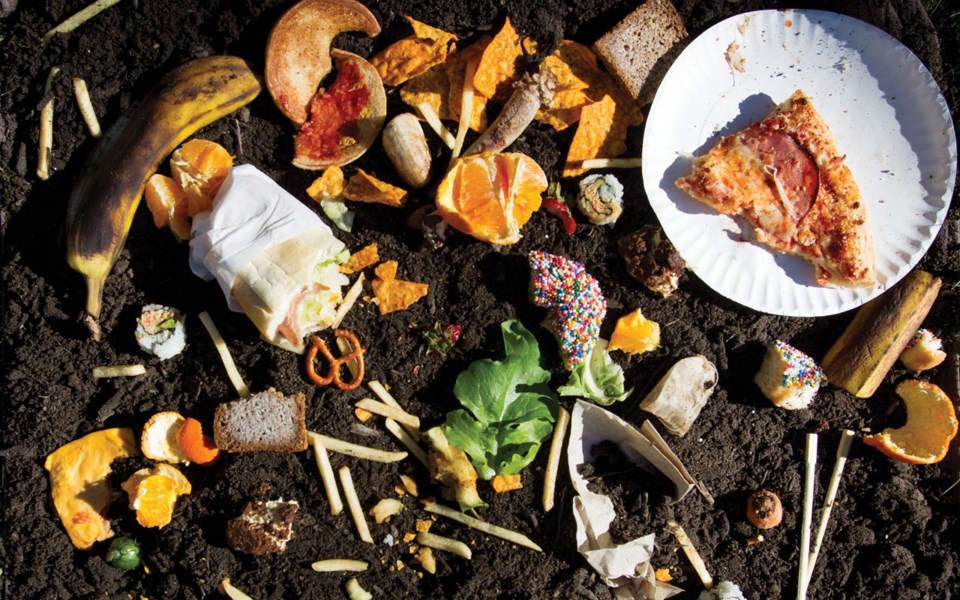As a child in the late '80s, I quickly learned that littering was bad. My baby-boomer parents had witnessed the rise of fast food, plastics and a disposable culture and while far from environmental crusaders, they knew right from wrong. The over-consumptive decade of the 1980s was starting to show its pollutive ugly side, prompting governments the world over to launch anti-littering campaigns. "Do the Right Thing" was the catchline in Australia and New Zealand while the U.K. stuck with its time-honoured "Keep Britain Tidy" slogan, spearheaded by the environmental charity of the same name. "Keep America Beautiful" was still getting plenty of value out of perhaps the most famous anti-littering TV commercial starring Italian-American actor Iron Eyes Cody a.k.a. "The Crying Indian." I learned this week that the Crying Indian advertisement was actually a sly form of propaganda initiated by silent corporate backers (including Coca-Cola) to deflect attention from the proliferation of disposable items created by the beverage and packaging industries. Environmental protesters in the States wanted to hold industry accountable in the '70s for packaging that was depleting natural resources and creating a solid-waste crisis. "Keep America Beautiful" countered with a crying Indian and a tagline of "People start pollution. People can stop it." to shift the focus back to consumers. It worked.
While chucking packaging out of the backseat car window was absolutely out of the question in my family's station wagon, organics were more or less game on. I defenestrated apple cores, banana peels, bread crusts, even chewing gum blobs, all with a clear conscience. But like with most politically incorrect actions these days—sipping through plastic straws and lighting Tiki Torches—I'm a little more mindful about where my spent food and organic waste ends up. I diligently compost at home, but I've started to bring a dedicated receptacle for food waste with me outside to avoid it ending up on the trails, in the highway ditches and buried next to the skin tracks. I mostly do this on account of the wildlife. We want to avoid human-bear conflicts (especially with the encroaching grizzlies in the Whistler alpine), so don't give them a reason to wander several kilometres over to where humans like to hang out or within a stone's throw of speeding highway traffic.
When concerned over the proliferation of food waste in the outdoors, High Country News writer Marjorie Woodruff conducted her own experiment at an outdoor education centre by placing an apple core, a banana peel, orange peels, chewing gum and some tissue paper in a chicken-wired enclosure. The enclosure had holes large enough for small animals to make their way in, and small enough so wind wouldn't carry the items away. Six months later, the orange peels had dried out, the banana peel was black and shrunken, the tissue still present in a mushy heap. None of the items had biodegraded in that time, nor had they been eaten. Burying the items in soil and sand yielded similar results.
I get that an apple core may not be the most harmful thing to nature in the grand scheme of things, but with the recent spike in outdoor recreation activities and entire communities of weekenders all descending on the same backcountry spots, those apple cores start to add up. When we start camping off the beaten path, we also need to start managing our own human waste, but that's another story.
For more information on outdoor ethics and the Leave No Trace principles, head to leavenotrace.ca
Vince Shuley eats apple cores sometimes, but never the seeds. For questions, comments or suggestions for The Outsider email vince@vinceshuley.com or Instagram @whis_vince.




